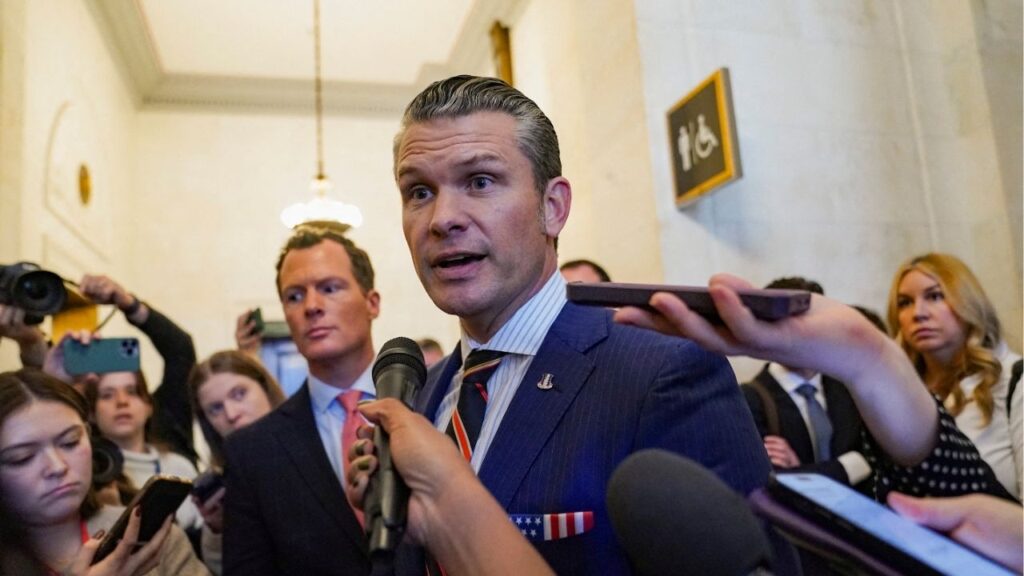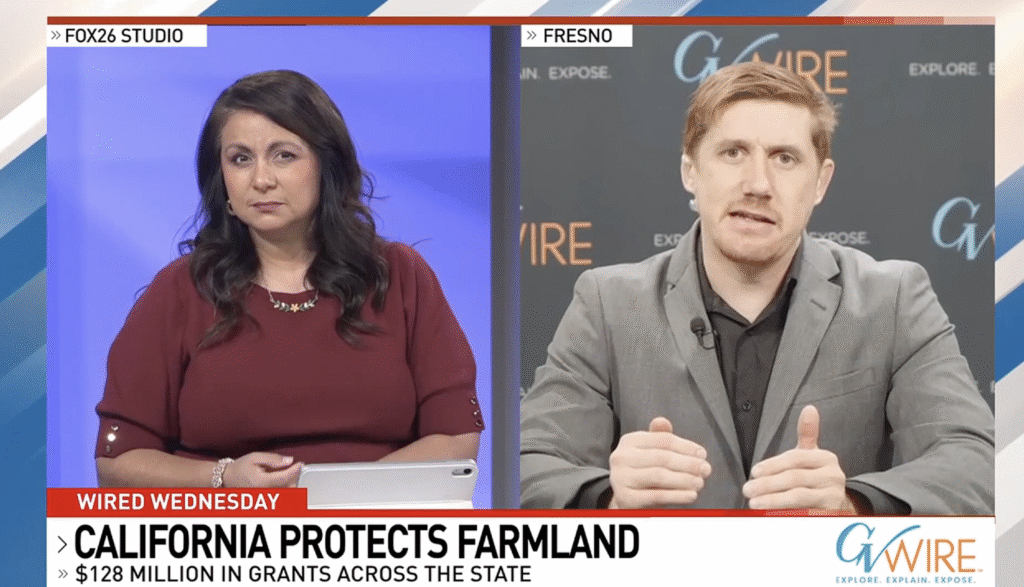Election workers count mail-in ballots at Clark County Election Department in Las Vegas on Saturday, Nov. 2, 2024. (Bridget Bennett/The New York Times)

- The affluent, educated district is crucial to House control as Republicans hold a narrow majority.
- Both candidates appeal to moderate suburban voters on issues like the economy, abortion, and border security.
- The district’s voters could sway both the House race and presidential election with their choices.
Share
|
Getting your Trinity Audio player ready...
|
Knocking on doors in Phoenix and Scottsdale, Arizona, in the election’s frantic final days, canvassers working on behalf of the Democratic candidate for the U.S. House were greeted by reactions from across the political spectrum.
There was the liberal transplant from Kansas, eager to send former President Donald Trump and anyone else in his party packing. There was the Republican woman who remained torn and said she would decide at the last minute. And there was the conservative older couple, voting for the former president but willing to hear an argument about why they should also back a Democrat for Congress.
It’s precisely this mix that makes Arizona’s 1st Congressional District — affluent, highly-educated and brimming with the moderate Republicans who once adored Sen. John McCain — crucial to control of the House of Representatives, where Republicans currently hold a slim majority. These voters, and those in similarly divided suburbs across the battleground states, also may hold the key to the presidential election.
Tight Race in Arizona
This has placed Rep. David Schweikert, a Republican seeking his eighth term, and his Democratic challenger, Amish Shah, on the front lines to win them over. Both sides see a tight race, and a blueprint for how they might ultimately convince suburbanites to go their way on Election Day.
“This is the kind of race that Democrats have to win if we want to take back the majority,” said Chuck Rocha, a Democratic strategist working with an outside group spending money in the race on behalf of Shah.
Shah’s campaign and its allies, which include top Democratic groups like House Majority PAC and the Democratic Congressional Campaign Committee, are betting that these voters are fed up with Trump, fearful about the future of democracy and concerned about abortion access. And they hope Shah, a former member of the Arizona House and a physician, can appeal to them by presenting as a moderate, highlighting his support while in the state Legislature for increasing border security and arguing he will bring a measured approach to a rancorous political climate.
Shah’s tactics mirror those of Harris, who is banking on voters’ fury over abortion restrictions and antipathy toward Trump to carry her over the finish line, especially in traditionally conservative areas. Similarly, Schweikert is matching Trump by hoping to keep the focus on one of Republicans’ strongest issues — the economy — while downplaying concerns on topics like abortion. At the top of the ballot, Trump maintains a narrow lead of about 4 percentage points over Harris in Arizona, according to a survey published by The New York Times and Siena College on Sunday.
“People here in Arizona appreciate bipartisanship,” Shah said in an interview, touting the bipartisan bills he has backed in the state Legislature. “In some cases, I have worked on common-sense solutions and put bills into Republican names just so we can get them done.”
Schweikert Has a Large Republican Backing
Schweikert is backed by high-profile Republican groups such as the Congressional Leadership Fund and the National Republican Congressional Committee, which argue that Shah is weak on border security and crime, and have sought to tie him to Sen. Bernie Sanders, I-Vt., because Shah once backed his single-payer health care plan.
Still, Schweikert appears to be in the fight of his political life. In 2020, he won his district by about 18,000 votes. But after redistricting added in bluer parts of Phoenix, Schweikert hung onto reelection by just over 3,000 votes in 2022 under the newly-drawn maps. Biden won the voters that make up his new district by 1.5 percentage points four years ago.
Polls of the race this year have been scarce, and a nonpartisan analyst ranks it as a “tossup.” Democrats have outspent Republicans on television advertisements in the district, $15.1 million to $9 million since the July 30 primary, with a particular edge in the campaign’s final weeks, according to the tracking firm AdImpact.
The veteran congressman has his own theory for how to maintain the support of his district. On a recent trip to his local Costco — a grocery run that doubled as an opportunity to meet voters — Schweikert professed calm.
“I am really comfortable with my ticket-splitting,” Schweikert said, referring to the expectation that some Harris voters will also back him. As he pushed his 2-year-old son around the store in a grocery cart that he loaded up with produce, shoppers who recognized him came up to shake his hand, and he freely offered them his personal cellphone number.
Schweikert is a fiscal hawk who is obsessed with curbing the ballooning national debt and shrinking the deficit. Over the course of an hourlong interview, he flitted between topics, rattling off statistics and enthusing about the cost savings that could come from technological advancements in everything from weight-loss drugs to artificial intelligence.
His thesis is that his singular focus on the economy resonates with older, affluent voters even more than issues like the border or abortion, and that they will separate him from their disdain for Trump.
Democrats argue that Schweikert is a hard-right lawmaker who has simply slipped under the radar with a low profile, and that he has accomplished little over his time in Washington. He left the ultraconservative Freedom Caucus last year in what Democrats suggest is an effort to pose as a moderate. Schweikert said the reason was that other members of the caucus had “big hearts, but they were bathing in too much populism, and not enough of the Constitution and math.”
Shah’s allies attacked Schweikert on abortion, unearthing past comments he had made opposing the procedure and noting that he had co-sponsored a bill in Congress that would have amounted to a federal ban.
Schweikert shrugged off the attacks. He suggested that the abortion access measure on Arizona’s ballot could actually help him, because voters who wanted to express their support for abortion but also send him back to Washington could do both. The ballot proposition would enshrine access to abortion until fetal viability — about 24 weeks — in Arizona’s Constitution, a change from the state’s current 15-week ban.
“I’m no longer your proxy for how you feel about that issue,” he said.
–
This article originally appeared in The New York Times.
By Kellen Browning/Bridget Bennett
c. 2024 The New York Times Company


















